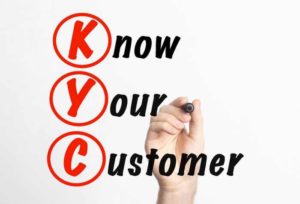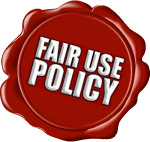How to Improve Website Performance in 2019

The website business is currently a very attractive business module just because of its capabilities. With platforms like WordPress you can now start a website within minutes, but maintaining one is a much more complexed job.
Most of the website owners struggle with poor loading times which have a direct effect on their traffic. Only 1 second delay will have huge implications on your website such as 11% fewer page views, 7% loss in conversions and 16% decrease in customer satisfaction.
Clearly, website speed is very important as almost 50% of consumers expect a website to load in two seconds or less. That is why in this article we will go through some of the ways you can improve your website speed and gain back the traffic you lose.
1. Minimize HTTP Requests
HTTP Requests are counted whenever a browser fetches a file, document, page or picture from a web server. According to some sources, HTTP requests are responsible for about 80% of website loading time.
Lowering your HTTP requests is essential for having fast loading times and you can do that by combining CSS/JS files, use queries to only load what’s needed, reduce the number of images you use or if you do not know any of this there are many different plugins that can help with that.
2. Create your website for mobile-first
Most of the users will come from mobile and tablet devices, so it is crucial to make a website that is responsive to any mobile device. The best way is to make the website for mobile than optimize it for desktop usage. This will reduce the number of unnecessary dependencies and your website should perform perfectly.
3. Reduce image size
One of the main problems that compromise the speed of websites is large media files such as videos or images. Adding a large file to your server means that users will have to wait longer for it to appear. If you want to improve your website loading speed you have to get rid of any unnecessary things on your front pages such as social media icons, or gadgets that nobody is interested in.
Once that is clear you can start focusing on reducing image size. If your website is on WordPress, this usually can be done through a plugin that automatically reduces image size without compromising the quality. You can also fix that with a code or do it manually in photo editing programs.
4. Cache as much as possible
Caching is a mechanism that temporarily stores webpages in browsers in order to reduce bandwidth and improve performance. This means that if your cache is downloaded from some user, the next time he comes to your website it is going to open much faster. That is why you should avoid radial changes all the time, which will mess up your cache on user’s computers.
There are also plugins for automatic caching which you can use and they prove to be very good at what they do. So, make sure your cache is enabled in order to minimize loading times.
5. Review Hosting Plan
Sometimes the problem is not your website in which cases you have to review your hosting plan. Most people start with a shared hosting plan which is the cheapest and also the one with the lowest performance just because you share the same server space with many other websites. This means that if some of the other websites have a lot of traffic or high requests and it can potentially slow down yours.
This is why you have to invest in your hosting plan to make sure you have the fastest connection from your website to your server.
These are some of the ways to improve website performance and make sure your website is loading as fast as a horse is running on Kentucky Derby. Loading speed matter to users and if you want to build a successful website, you have to take the time and set your website the right way.








